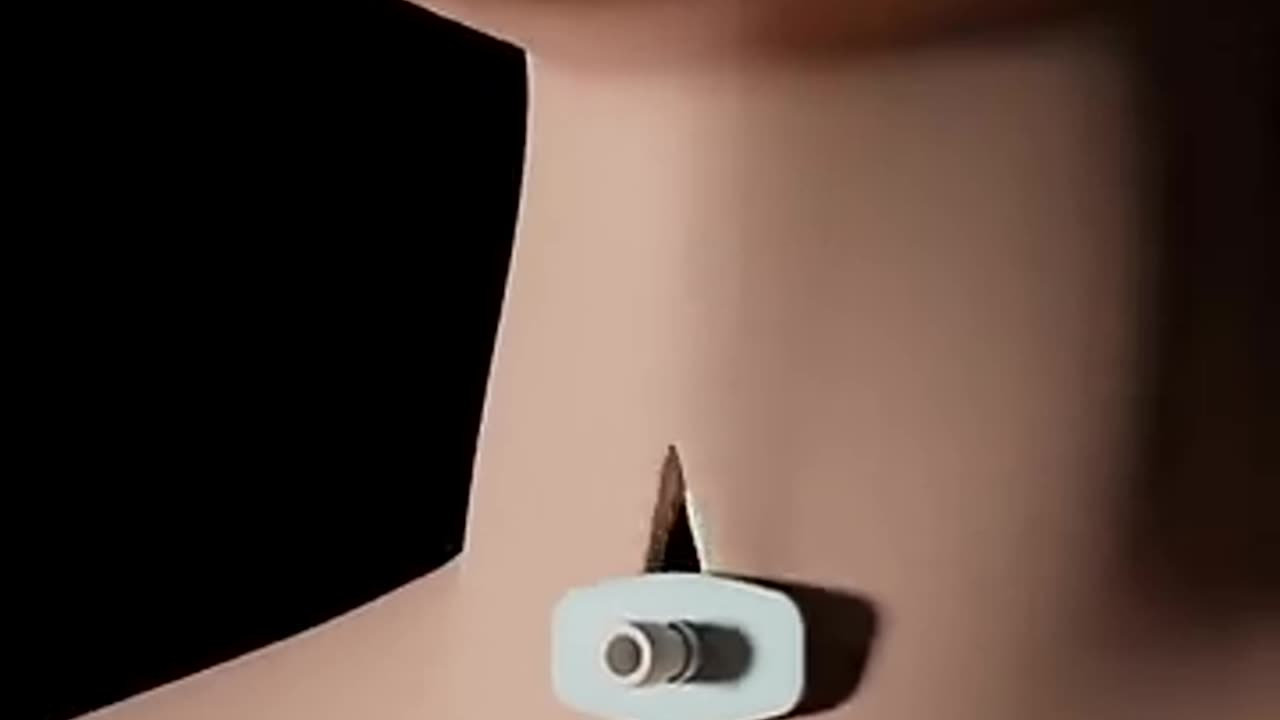Premium Only Content

Tracheostomy 3d animation
Tracheotomy and tracheostomy are surgical procedures that create an opening in the trachea (windpipe) to help patients breathe when they have difficulty doing so through the nose or mouth. Though they are similar in purpose, there are some key differences between them.
Tracheotomy is a temporary procedure that involves creating a small incision in the trachea to insert a breathing tube. The tube is typically removed once the patient no longer requires it, and the incision heals on its own. Tracheostomy, on the other hand, is a more permanent solution that involves creating a hole in the trachea and inserting a tracheostomy tube, which remains in place for an extended period.
Indications for these procedures include:
Airway obstruction due to trauma, tumors, or infection
Severe respiratory distress or failure
Prolonged mechanical ventilation
Inability to protect the airway due to neurological disorders or impaired consciousness
Steps for performing a tracheotomy and tracheostomy:
Preparation: The patient is positioned, and the neck area is cleaned and draped. Local anesthesia is often administered, although general anesthesia may be used in some cases.
Incision: A small incision is made in the neck, and the muscles and tissues are carefully separated to expose the trachea.
Tracheal opening: A small opening is made in the trachea, typically between the second and third tracheal rings.
Tube insertion: A tracheotomy tube is inserted through the incision and into the trachea for a tracheotomy, while a tracheostomy tube is inserted for a tracheostomy. Both tubes are secured in place.
Confirmation: Proper placement of the tube is confirmed by listening for breath sounds and checking for adequate ventilation.
Pre-operative care typically involves a thorough assessment of the patient's medical history, as well as any necessary imaging studies or lab tests to ensure the procedure is appropriate and safe. Informed consent should be obtained from the patient or their legal representative.
Post-operative care includes monitoring the patient's vital signs, ensuring the tube remains secure and patent, and managing any pain or discomfort. For tracheostomy patients, regular cleaning and maintenance of the stoma (the opening in the trachea) and the tracheostomy tube are essential to prevent infection and other complications. Long-term care may involve speech therapy, respiratory therapy, and support from a multidisciplinary team to address any ongoing needs.
It's crucial to remember that these procedures should only be performed by trained medical professionals in a clinical setting.
for additional information about this procedure check our article @ www.medicalartsshop.com
For more free resources, find us on Pinterest & Facebook pages:
https://www.pinterest.ca/medicalartsofficial/
https://www.facebook.com/Medicalartsofficial
https://www.youtube.com/@medicalarts?sub_confirmation=1
https://www.instagram.com/medicalartsofficial/
https://www.tiktok.com/@medicalarts
This video and associated content are for entertainment and educational purposes only!!
-
 LIVE
LIVE
megimu32
1 hour agoOn The Subject: Football Movies of the 90s & 2000s
91 watching -
 LIVE
LIVE
Technically Mexican
2 hours agoI Play Hollow Knight: SILKSONG! #18
9 watching -
 LIVE
LIVE
SlingerGames
58 minutes agoMega Monday | Skate and More
26 watching -
 8:54:37
8:54:37
Dr Disrespect
11 hours ago🔴LIVE - DR DISRESPECT - BABY STEPS - TO THE TIPPITY TOP
177K16 -
 LIVE
LIVE
Drew Hernandez
7 hours agoTRUMP'S NEW GAZA PEACE PLAN & NETANYAHU LAUNCHES NEW SOCIAL MEDIA OP
750 watching -
 LIVE
LIVE
FreshandFit
8 hours agoMoney Monday Call-In Show w/ Steve From Accounting
1,309 watching -
 3:07:28
3:07:28
Nikko Ortiz
4 hours agoArena Breakout Better Than Tarkov? - Rumble LIVE
32.6K2 -
 35:44
35:44
MattMorseTV
3 hours ago $10.17 earned🔴Schumer just WALKED INTO Trump's TRAP.🔴
31.2K67 -
 2:41:44
2:41:44
BubbaMatt
13 hours ago $0.46 earnedMafia Definitive Edition Playthrough - Part 5
13.7K1 -
 51:25
51:25
Donald Trump Jr.
4 hours agoAmerica First in Action, All the Latest News | TRIGGERED Ep.278
124K114